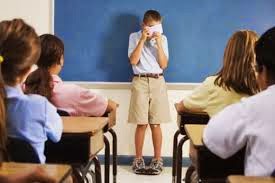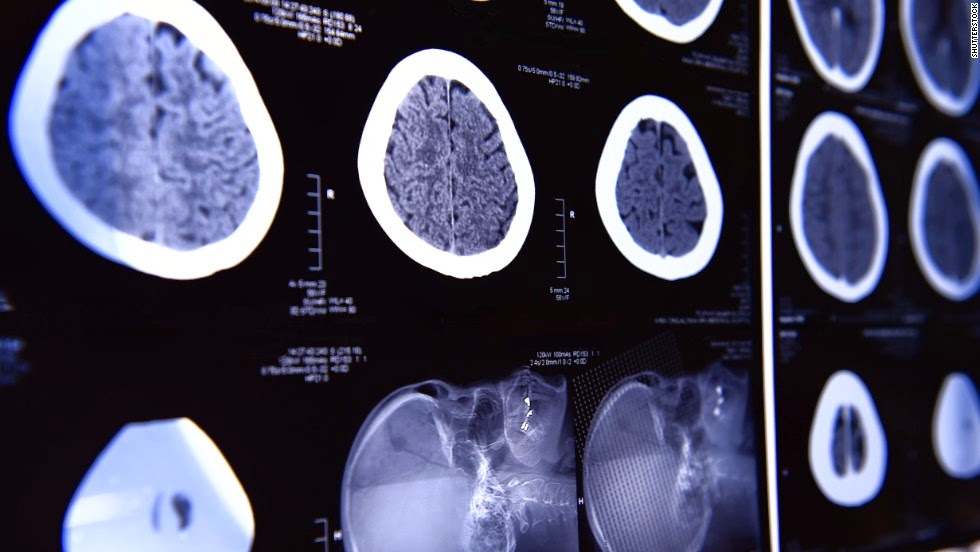National Survey Dispels Notion that Social Phobia is the Same as Shyness
Normal human shyness is not being confused with the psychiatric
anxiety disorder known as social phobia, according to an NIMH survey
comparing the prevalence rates of the two among U.S. youth. The study
was published online ahead of print October 17, 2011, in the journal
Pediatrics.
Social phobia is a disabling anxiety disorder characterized by
overwhelming anxiety and excessive self-consciousness in everyday social
or performance situations. Critics of the diagnosis have suggested that
psychiatrists and pharmaceutical companies publicize social phobia,
also known as social anxiety disorder, in order to increase sales of
psychotropic medications, especially among youth. In addition, some have
debated whether social phobia is just a “medicalization” of a normal
variation in human temperament.
In response, Marcy Burstein, Ph.D., and colleagues at NIMH examined the rate of normal shyness among youth and its overlap with social phobia using data from the National Comorbidity Survey-Adolescent Supplement (NCS-A), a nationally representative, face-to-face survey of more than 10,000 teens aged 13-18 sponsored by NIMH. Social phobia was assessed using standard diagnostic criteria set by the American Psychiatric Association's Diagnostic and Statistical Manual (DSM-IV). To assess shyness, teens were asked to rate how shy they felt around peers that they did not know well.
The authors found that while about half of youth identified
themselves as shy, only 12 percent of shy youth also met criteria for
social phobia in their lifetime. Moreover, among youth who did not
identify themselves as shy, about 5 percent met criteria for social
phobia, suggesting that social phobia and shyness are not necessarily
directly related. Rather, the presence of social phobia may be
independent of shyness in some instances.
In addition, those with social phobia were consistently more likely to also have another psychiatric disorder in their lifetime, like depression or a behavior or drug use disorder, compared to those who identified themselves as shy. Those with social phobia also showed higher levels of impairment in work or school, or among family or peers, though they were no more likely to be receiving professional treatment than those who were shy.
Finally, rates of prescribed medication use were low for all groups. Only about 2.3 percent of those with social phobia were taking the antidepressant paroxetine (commonly used to treat anxiety disorders), while 0.9 percent who described themselves as shy were taking it. In addition, those with social phobia were no more likely to be taking any prescribed psychiatric medication compared to the other groups.
Background
 |
| Social Phobia is disabling |
In response, Marcy Burstein, Ph.D., and colleagues at NIMH examined the rate of normal shyness among youth and its overlap with social phobia using data from the National Comorbidity Survey-Adolescent Supplement (NCS-A), a nationally representative, face-to-face survey of more than 10,000 teens aged 13-18 sponsored by NIMH. Social phobia was assessed using standard diagnostic criteria set by the American Psychiatric Association's Diagnostic and Statistical Manual (DSM-IV). To assess shyness, teens were asked to rate how shy they felt around peers that they did not know well.
Results of the Study
 |
| Social phobia not Shyness |
In addition, those with social phobia were consistently more likely to also have another psychiatric disorder in their lifetime, like depression or a behavior or drug use disorder, compared to those who identified themselves as shy. Those with social phobia also showed higher levels of impairment in work or school, or among family or peers, though they were no more likely to be receiving professional treatment than those who were shy.
Finally, rates of prescribed medication use were low for all groups. Only about 2.3 percent of those with social phobia were taking the antidepressant paroxetine (commonly used to treat anxiety disorders), while 0.9 percent who described themselves as shy were taking it. In addition, those with social phobia were no more likely to be taking any prescribed psychiatric medication compared to the other groups.



Comments
Post a Comment